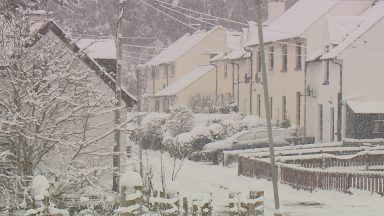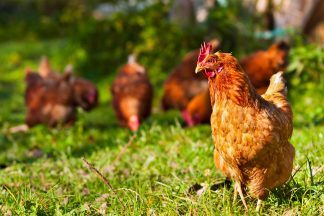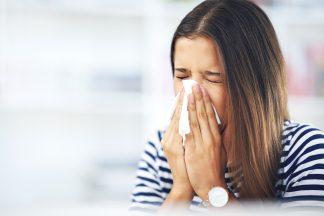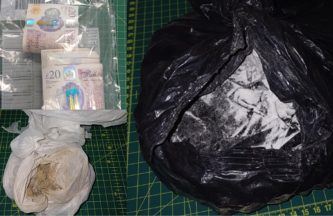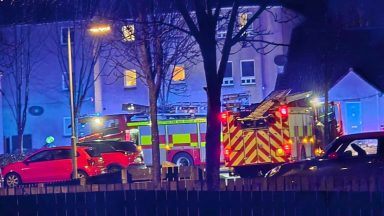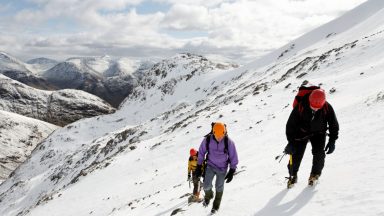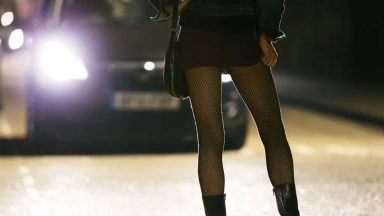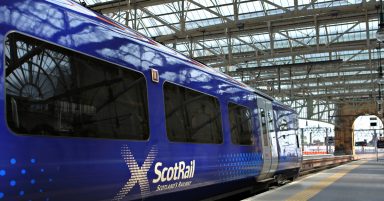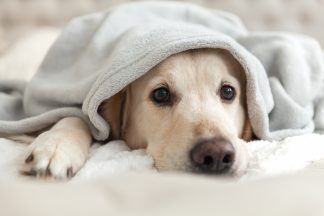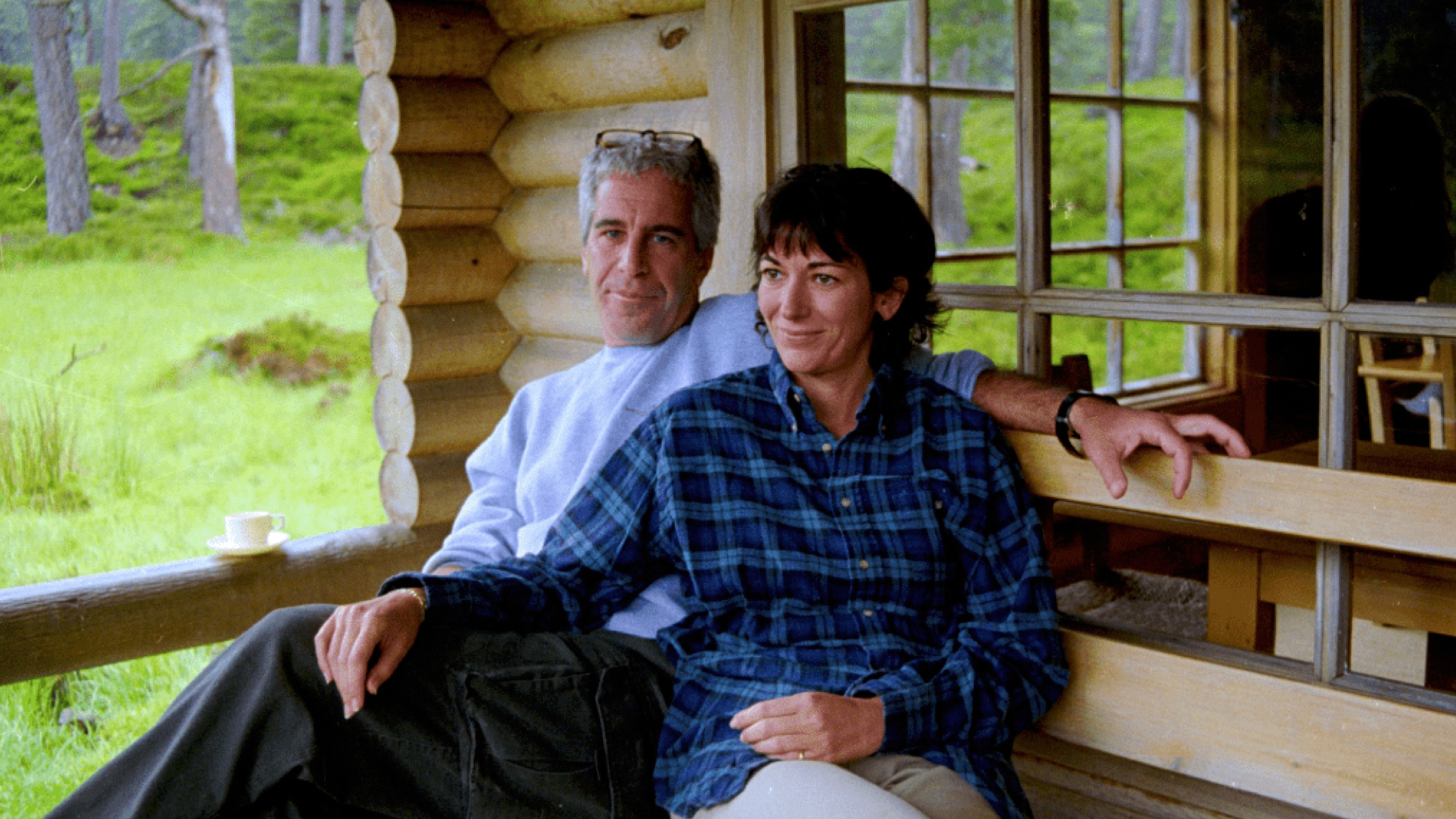The second wave of coronavirus infections in Scotland was caused largely by UK and international travel during the summer, a report has found.
Revealing details of a report to the Scientific Advisory Group for Emergencies (Sage), the First Minister Nicola Sturgeon said these journeys “reignited” the virus after it had been suppressed.
She said these risks are why the Scottish Government recommends against non-essential travel outside of the country and the reason for legal restrictions being in place to prevent people travelling between level three and four areas.
Sturgeon reiterated during the Scottish Government’s coronavirus briefing on Wednesday that travel restrictions are a “vital part of tackling the virus and trying to keep it contained rather than allowing it to spread across the country”.
Giving more detail on the report, national clinical director Professor Jason Leitch said the first lockdown successfully eliminated around the majority of 300 strains of the virus.
He said Covid-19 infections in the second wave were caused by new strains introduced to Scotland from other parts of the UK or abroad.
“If you have a classroom with a measles outbreak you wouldn’t let that classroom travel to a classroom that has no measles – it’s as simple as that,” he said.
“Once as a society we are allowed to travel again, we brought fresh new strains into Scotland, which started our second wave.”
Professor Leitch said this is a “cautionary tale” to people considering travelling over the Christmas period”.
“If you can stay local you will help Scotland to avoid another spike in January,” he added.
The First Minister said a new report on coronavirus outbreaks among students shows that between the start of August and the end of November there were almost 3000 cases linked to “student postcodes” – covering halls of residence or other student accommodation.
Almost two-thirds of the cases occurred in a three-week period between late September and early October, Ms Sturgeon added.
She said more than three-quarters of the cases were found in Edinburgh and Glasgow – with about a quarter in students living in the Pollock Halls of Residence at the University of Edinburgh and the University of Glasgow’s Murano Halls.
The First Minister also referred to a Public Health Scotland report that shows in the seven days after November 30, some 22,000 tests on students were carried out using lateral flow devices.
These more rapid tests are being offered to those university students planning to return home for Christmas, with Sturgeon noting that because students are being urged to be tested twice, the figures do not mean 22,000 people have been tested.
She said it is nevertheless a “promising figure” that shows “strong uptake of the testing on offer to students”.
The First Minister added the number of positive tests from these students, which is “currently thought to be relatively low”, will be published next week.
With mass community testing also underway in six areas of west and central Scotland, Sturgeon said 13,000 had been carried out in the period up to December 7.
“In total, community testing has so far identified 426 positive test samples across these six test centres,” Sturgeon said.
That gives a positivity rate of about 3%, she added, saying the community testing allows people to be checked even if they do not have coronavirus symptoms.
“The tests over the past week have identified positive cases that might well not have been identified otherwise,” Sturgeon added.
“This pilot programme is showing us that community testing can play a part in controlling Covid, especially in areas with high-level transmission.”
She said this will inform a “much wider use of mass testing” in the new year.
Follow STV News on WhatsApp
Scan the QR code on your mobile device for all the latest news from around the country


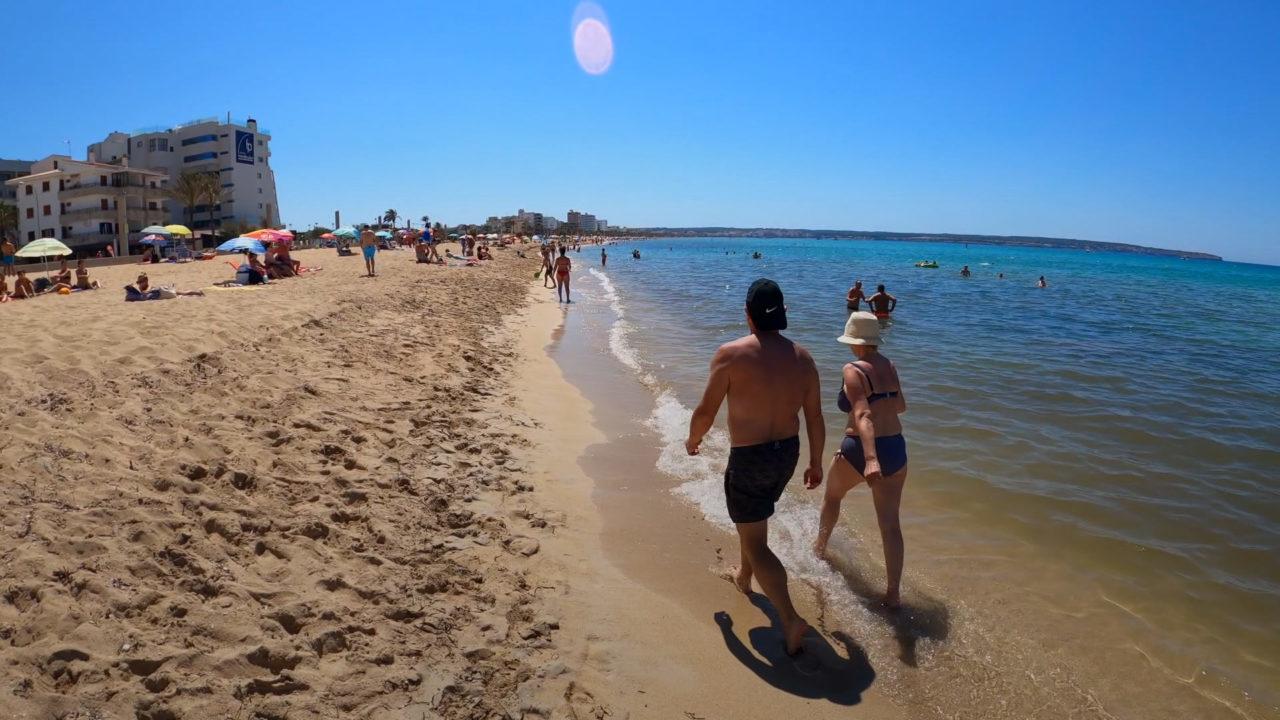 STV News
STV News

